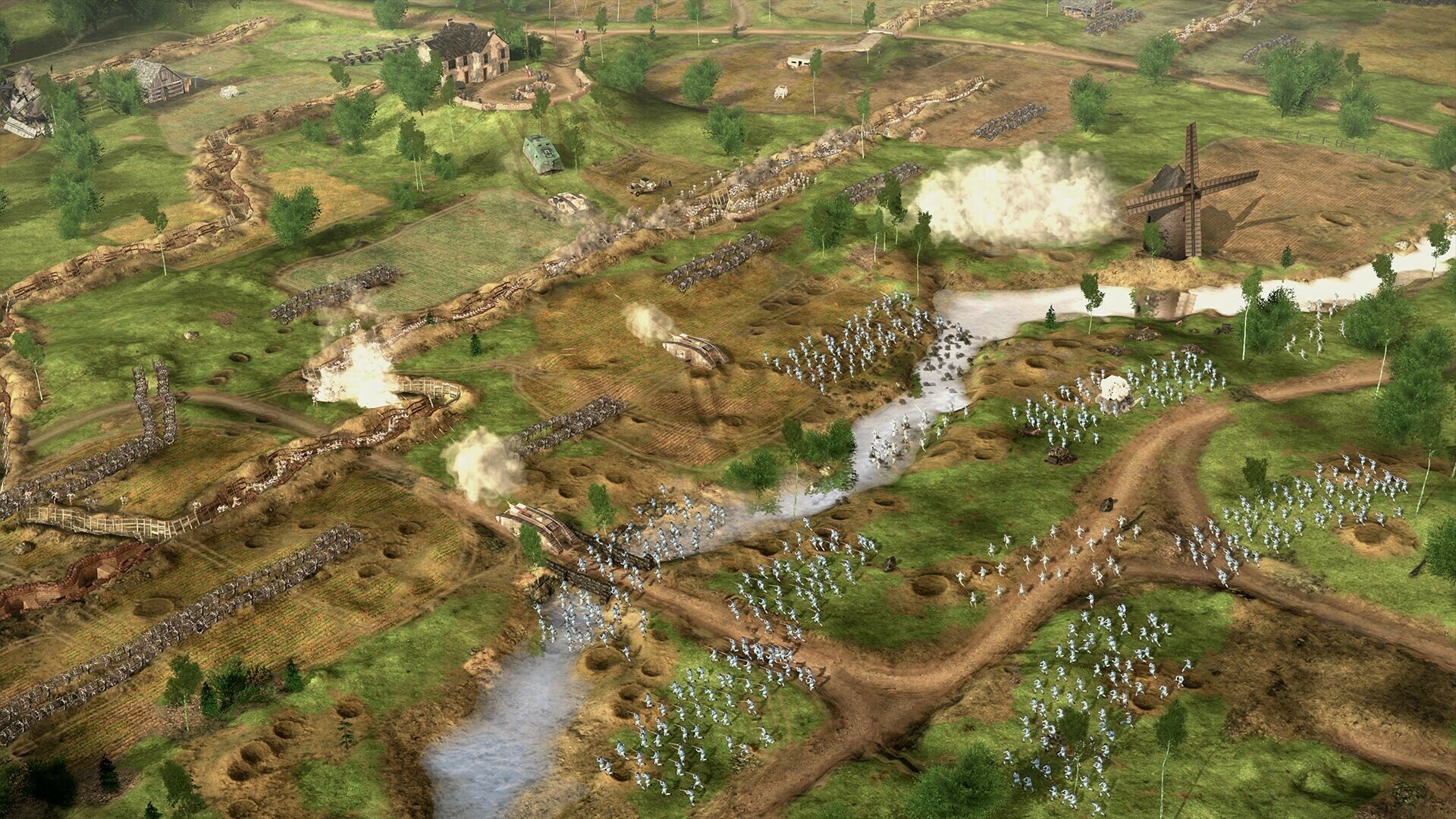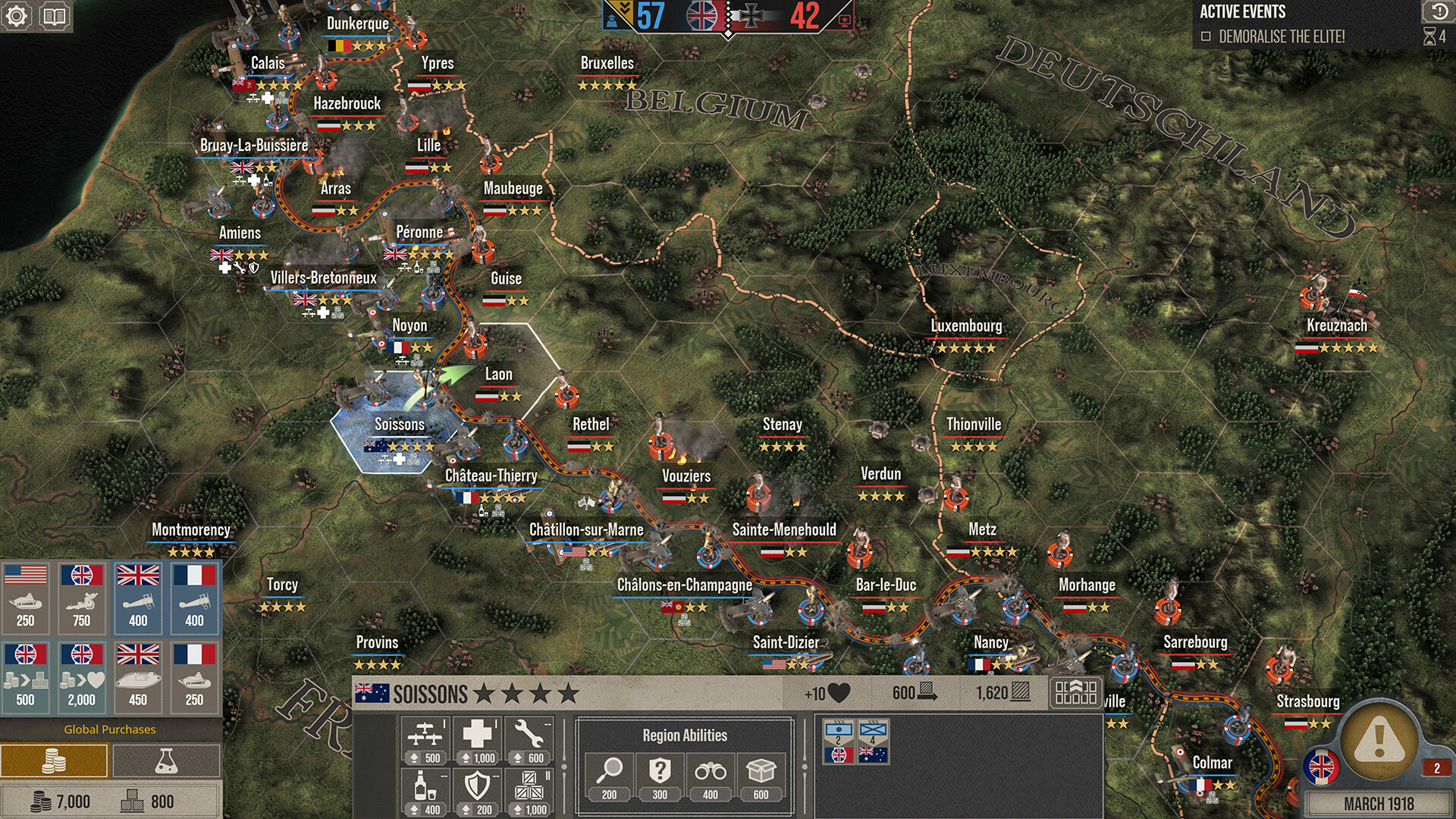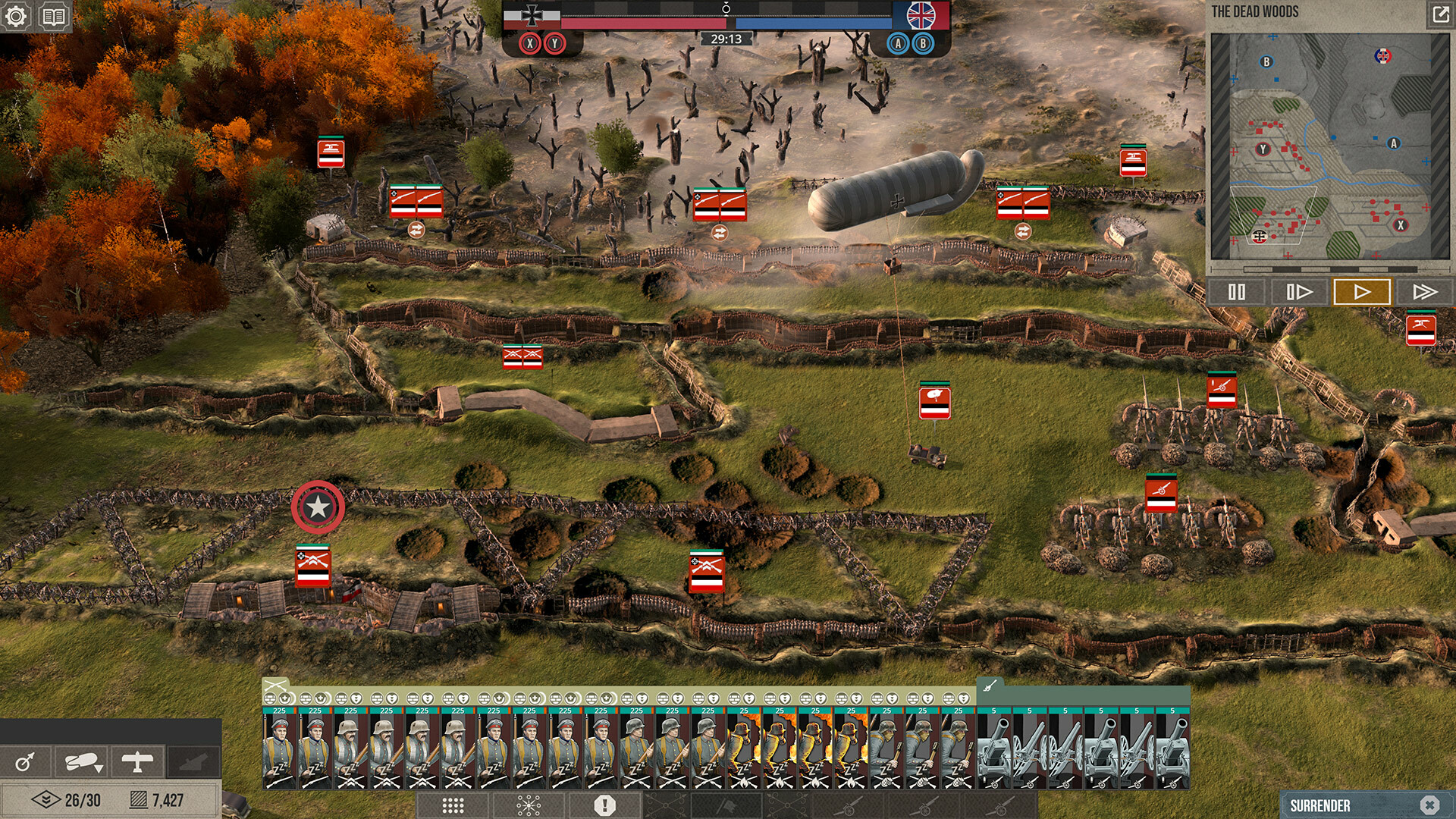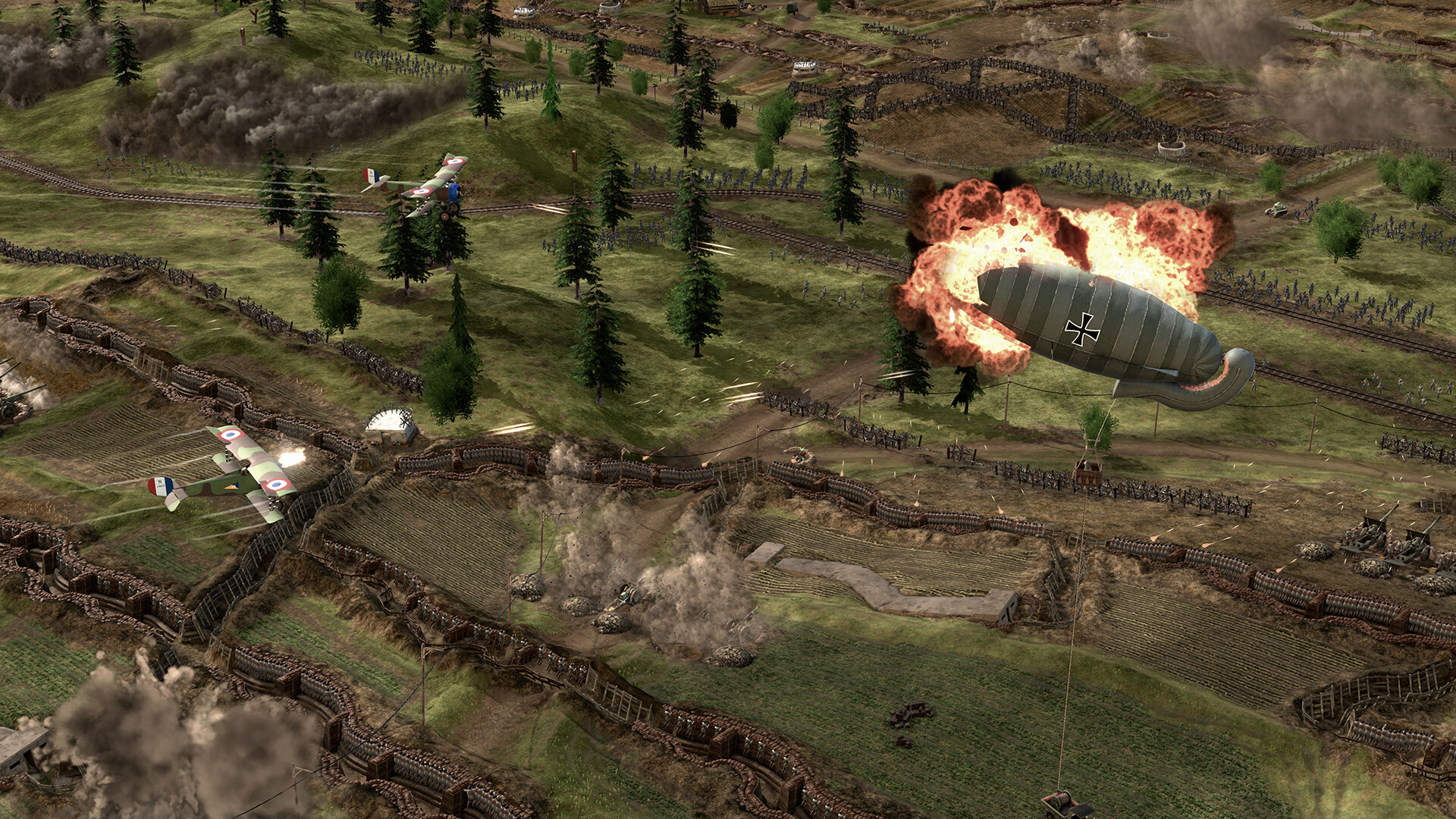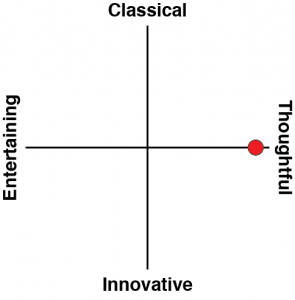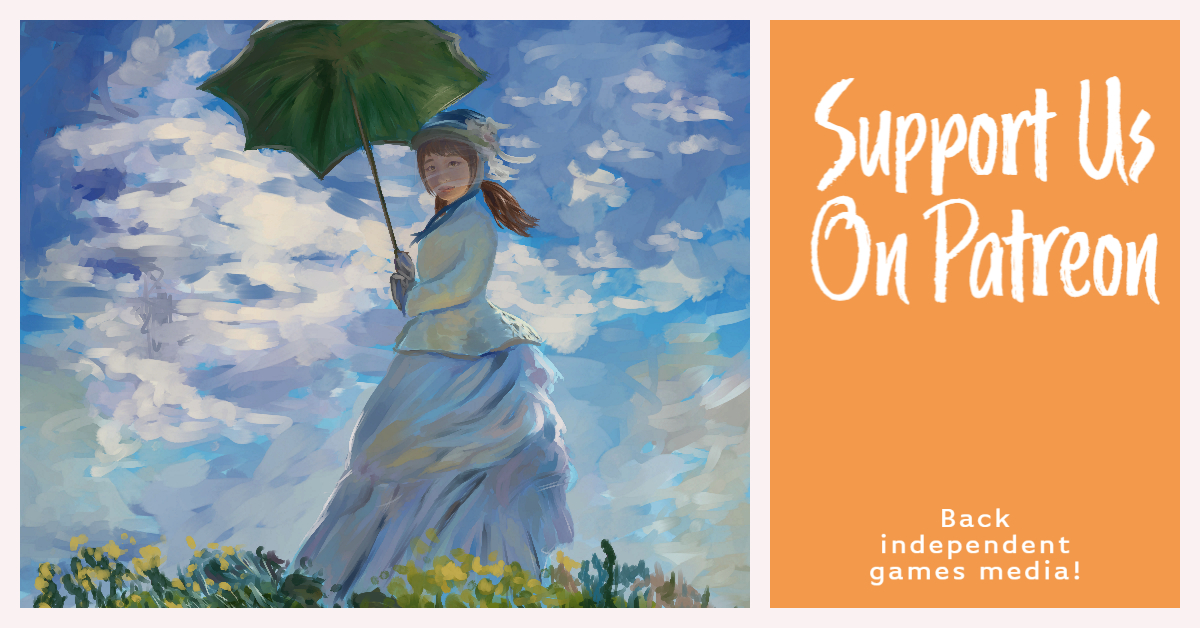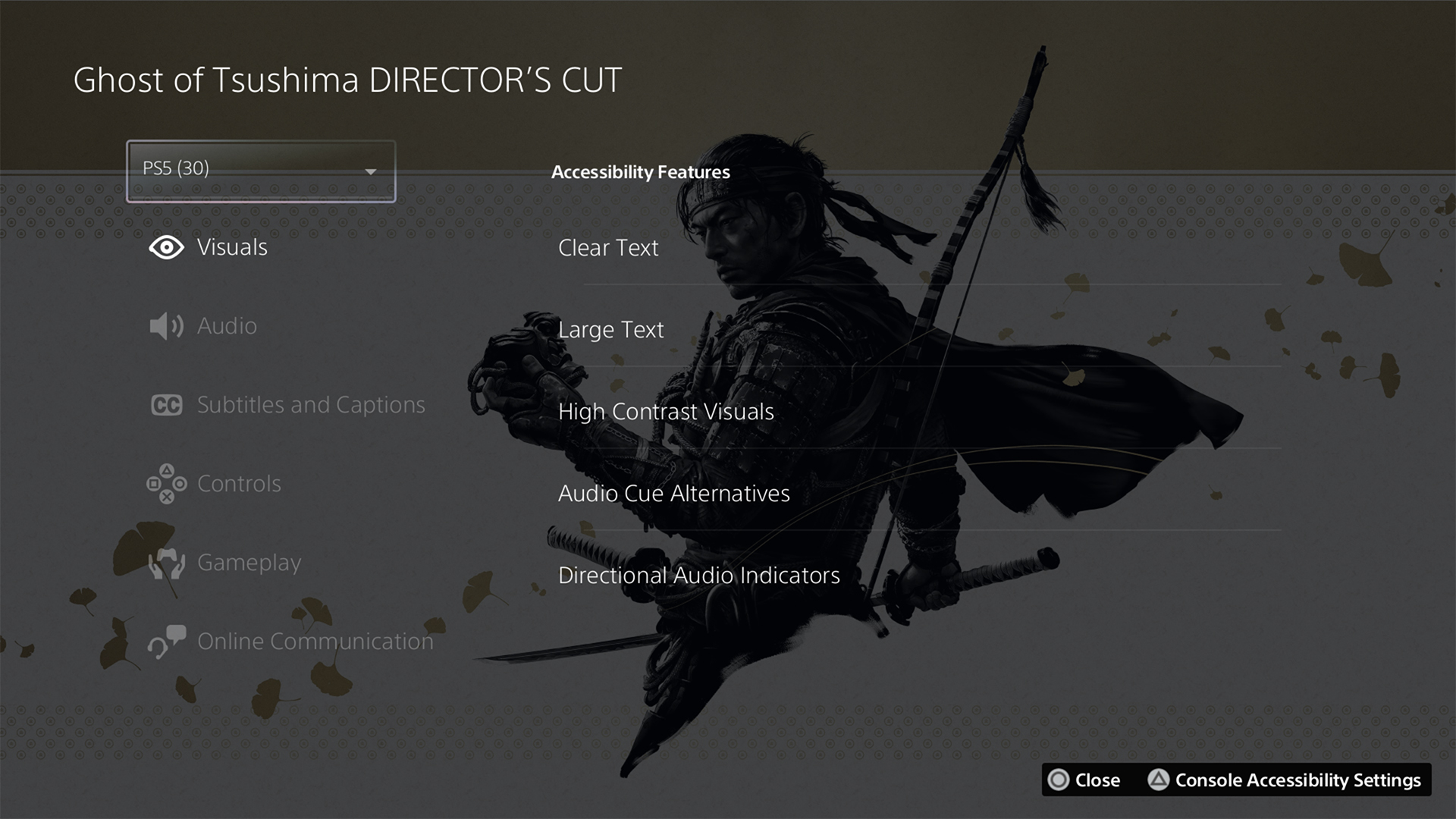It cannot be easy to conceptualise a strategy game based on World War 1 (“The Great War”). The reason we have so many more games based on World War 2 isn’t just because the optics behind that war are easier. Yes, World War 2 had a much clearer line between the side that needed to win, and the side that needed to lose, while World War 1 is much messier in absolutely every way, making that challenging in its own way. Also, Americans played a much lesser role in World War 1, and as we all know, the video game industry revolves around what Americans want.
But, no, while the optics and marketing convenience of WW2 is much easier for developers to work with, the real reason that World War 1 is difficult to spin into a video game is that the tactics and strategies at play in that war are almost unique and you can’t smash any existing strategy system into it to create a convincing and historically authentic game. WW1 is a difficult war to make interesting in a strategy video game. In that context, The Great War: Western Front is, quite possibly, the finest effort yet.
As Winston Churchill (the hopelessly inept commander that screwed up the Gallipoli campaign so completely he nearly killed his career over it) quite rightly said: “The war was decided in the first 20 days of fighting. All that happened afterwards consisted in battles which, however formidable and devastating, were but desperate and vain appeals against the decision of Fate.” Once the initial battle lines were drawn, the entire war became focused on sending countless young men out of the trenches and through a nightmarish no man’s land, in the desperate hope that enough of them aren’t mown down so they could attack their opponents in bloody trench warfare. It became a war in which hundreds of thousands died to try and secure a few metres of land. The Great War: Western Front hammers that point home through just about all of its presentation and mechanics.
Even at the lowest difficulty level, it can feel almost impossible to make progress at times. The defending territory has an overwhelming advantage, and can easily hold off a dozen squadrons with just a few units of its own. Keeping up with levels of supply is another issue. You’re also constantly gathering intelligence and conducting espionage while protecting your own territory from the same. The battle map in Western Front is cut neatly in two, and it will be rare that more than one hexagon of that map changes hands every couple of turns, through the endless grind of battle.
Note: I enjoyed this about it! I’m sure there are plenty of players out there that will find the perpetual stalemates and “victory by inches” approach too slow-paced for their tastes, but trying to figure out how to actually break through and progress in The Great War, when even overwhelming numbers isn’t a guarantee, is a tactical challenge I can’t recall having from any other strategy game that I’ve played. This is a case of a developer being willing to be seen as “dry” to provide something that players can learn from while also being entertained. If you never had a sense of just how horrible and wasteful World War 1 was, this game’s systems, and the way it handles difficulty and progress should do that for you
While trench warfare and mad dashes across no man’s land dominate in The Great War: Western Front, the game’s tech tree also highlights a second feature of the war that made it strategically fascinating. World War 1 was the first time that aeroplanes had a major application in warfare. They were simple aircraft, to be sure, but battles in the sky were real for the first time. It was also the war that ushered in the first era of tanks. Primitive as they were, these tanks were massive engineering feats. All modern war generates some massive discoveries via the R&D budget thrown into the military, and World War 1 was no different. You get research points to put into the tech trees with every turn, and so those improvements come quickly. You’re not going to have enough time to fill out the entire tech tree, though, so being clever and selective about what you invest in and thinking about how it will support the war effort becomes yet another layer to the strategy.
Through this game, you will participate in WW1 at two different strategic levels. At a top level, you move units around a map in a turn-based fashion. When you decide to attack (or are attacked and forced to defend), the game switches to the battlefield view, and you control your units in real-time. What this level of combat means in practice is that you’ll set up trenches, prepare the air, artillery and sapper support, and then hope you’re timing the order to charge at just the right time, when the enemy has been shell-shocked and morale is low. That’s your best chance of actually getting soldiers across no man’s land.
The only issue that I have with the way the developers have presented things is that it’s too sanitised. For a developer that has worked so hard to present their work as the product of meticulous research and careful consideration for how the systems and mechanics could support a World War 1 strategy game, the lack of a visual representation of bodies littering the ground and disease ripping through the trenches is a misstep. The Great War was a war of nihilistic misery, and while there’s a little counter at the top of the screen that tells you just how tired of the war effort society is (letting that drop too far is one of the main ways to lose), the unwillingness to hit players with the mortal reality of their decisions does undermine the integrity of the project a little bit.
Then again, if the developers did go all out they would have been running the risk of deeply upsetting some players, so it’s understandable, however disappointing, why the team made the commercial decision there.
The Great War: Western Front is an excellent way to learn something about the battlefields and conditions of a war that, let’s face it, is one we rarely learn much about these days. It’s always inspiring when developers take the time to be meticulous with their history games and aim to present something that doesn’t just entertain, but also informs.
